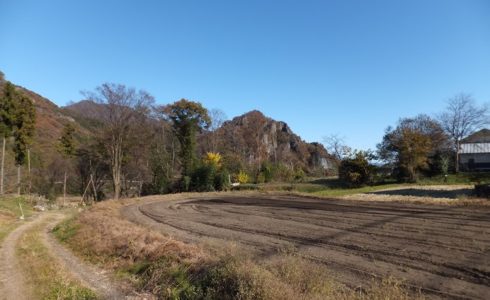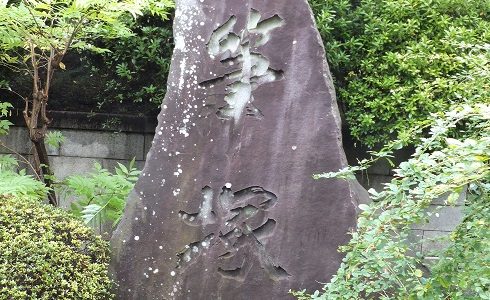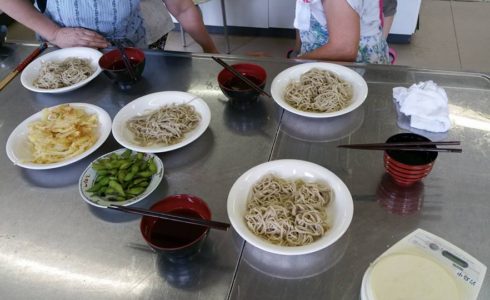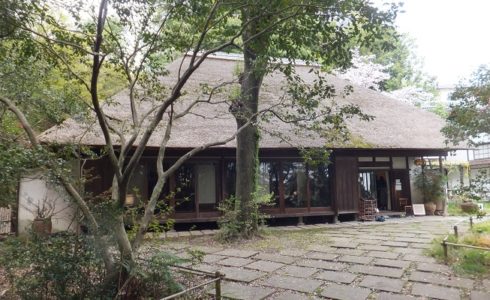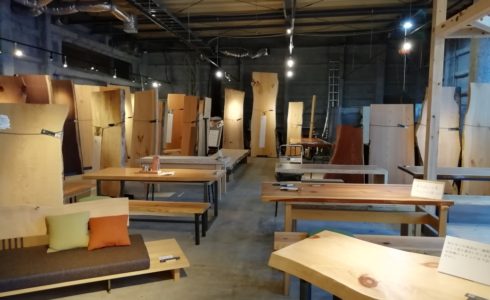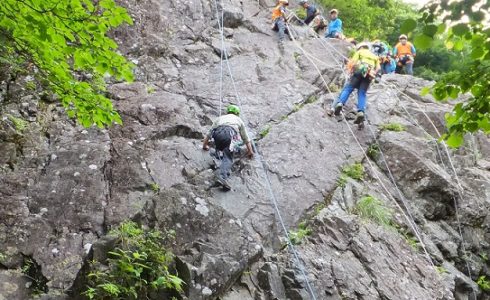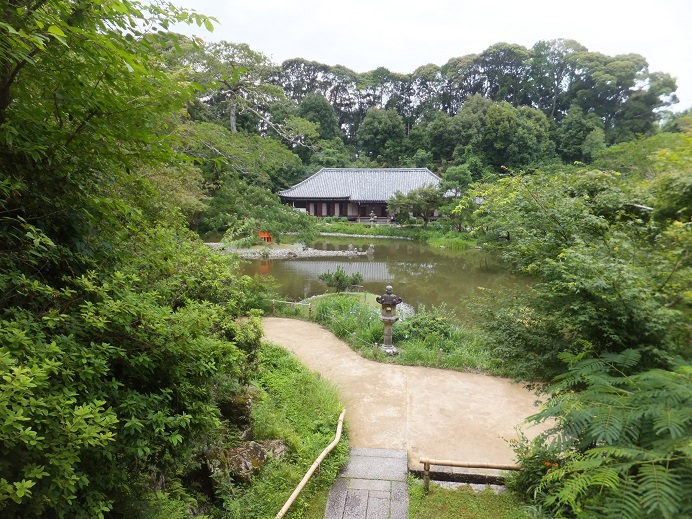
Visit to Joruri-ji Temple
I am writing this text for a friend who lives abroad and is planning a trip to Japan. I would also like to recommend a visit to Joruri-ji Temple to those who live in Japan and are planning to visit Kyoto or Nara.
Joruri-ji Temple is located approximately two and a half hours from JR Nara Station. Although it is a small temple, it is said to have been built in 1107 and is a building of great historical value. It is the only surviving example of a temple built in the Heian period (794-1185) in more than 20 locations, each enshrining nine Amida Buddha statues.
You can reach Joruri-ji Temple from Tokyo or Nagoya by train from Kyoto Station. From the nearest station, JR Kamo Station, you need to take the hourly bus, which is a bit inconvenient, but this temple is loved by the people. I also love Joruri-ji Temple and I have visited the temple on several occasions.
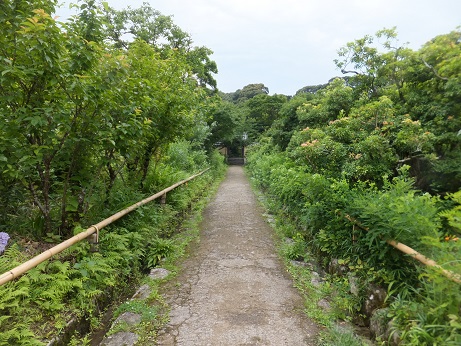
This photograph shows the path leading to the entrance of Joruri-ji Temple.
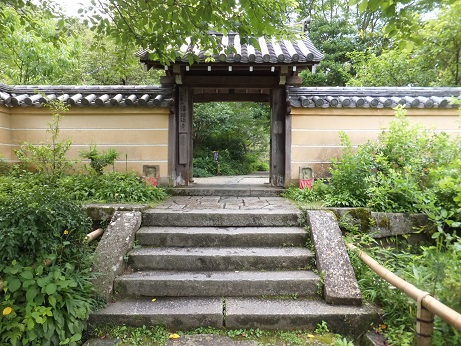
This photograph shows the entrance of Joruri-ji Temple.
The temple consists of a three-storey pagoda and a main hall facing each other across a pond. It is surrounded by a garden with a variety of plants. According to my father’s research, in ancient beliefs, rivers and ponds represent something to separate the afterlife from the world in which we now live. This is evidenced by the Japanese saying, “I almost crossed the River Styx, but I came back to this world”, when a person returns to life after a serious accident or illness.

This photo shows the view of the three-storey pagoda from the main hall. A pond separates the two buildings.

On the other hand, if you look at the main hall from the three-storey pagoda, you will see this scene.
At Joruri-ji Temple, the three-storey pagoda symbolizes the world in which we live today, while the main hall across the pond symbolizes the afterlife.
Ponds in Japanese architecture are sometimes created to reflect the moon or to recreate a natural stream, but it is interesting to note that they are sometimes created in this way to represent the view of the world at the time.
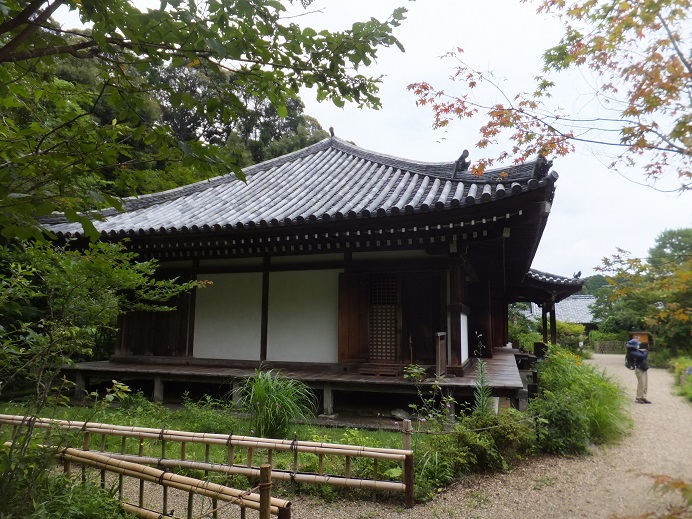

The main hall looks like this, and although photography was not allowed inside, there are nine Buddha images enshrined in it. The Buddha images, like the building, date from the Heian period and are designated as national treasures.
http://www.city.kizugawa.lg.jp/index.cfm/12,32291,103,457,html
The reason why there are nine Buddha statues is related to the idea of the nine-part philosophy that was popular at the time. The idea is that people who have done good or bad actions in their lives can be divided into nine different systems, with different Buddhas or vehicles coming to greet them from the place where the Gods or Buddhas live, when they die, depending on the degree of their good or bad actions or behavior.
The nine-point scale sounds like an employee’s performance evaluation (I used to work for a company that graded performance and attitude in a similar way), but it was probably a good idea in those days, when there were no modern laws, to encourage people to base their behavior on their conscience in this way.
After visiting Joruri-ji Temple, a good walking route is the 3km long trail dotted with the remains of simple stone Buddha statues, which leads to nearby Gansen-ji Temple. It is also possible to walk the other way round (first to Gansen-ji Temple and then to Joruri-ji Temple), and this is a more downhill route and may be easier for those who are less fit.
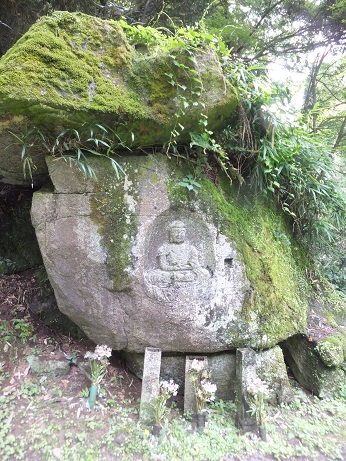
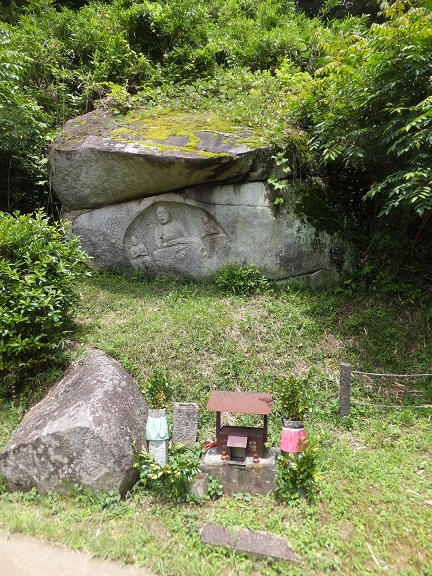
These photos are of the stone Buddhas dotted along the trail.
I recently walked this trail in early July, during the rainy season, so it was very humid, and swarms of mosquitoes were constantly swarming around me. I didn’t have the time to choose the best angle for my photos, because if I stopped, the mosquitoes would bite me.
After walking the trail, I arrived at Gansen-ji Temple. Gansen-ji Temple is famous for its hydrangea flowers. The hydrangea flower season is from the second half of June to the first half of July, so I can say that the time I visited is one of the best times to visit. It is also famous for its beautiful autumn leaves.
http://www.city.kizugawa.lg.jp/index.cfm/12,32293,103,457,html
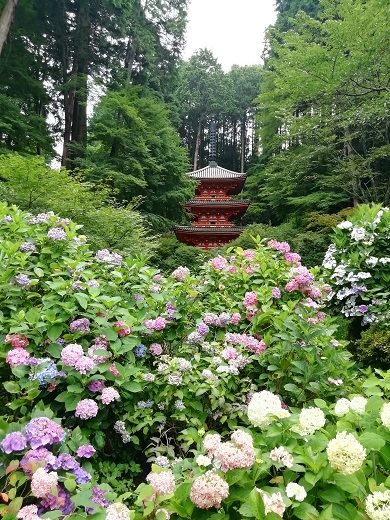
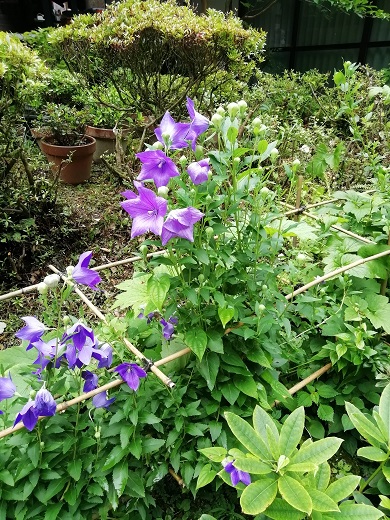
Goldfish were kept in the water for fire protection near the Gansen-ji temple. This is a unique sight not seen in Tokyo.
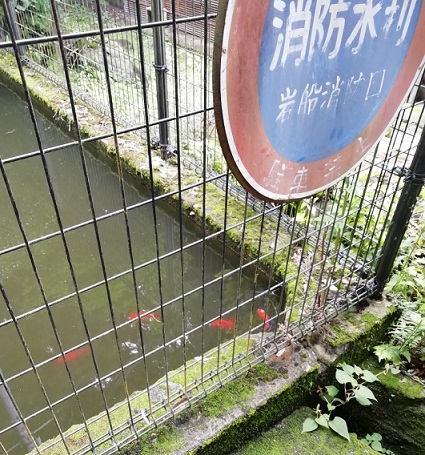
The Joruri-ji and Gansen-ji temples, and the trail of stone Buddhas between them, are located in a rural, sparsely populated mountainous area, far from Nara and Kyoto stations, but the surrounding environment has a particular charm. At first glance, the area appears to be just plain countryside, but the beautiful tiled roofs of the houses and the many houses with fine storehouses give the impression that this is an area with a long history.
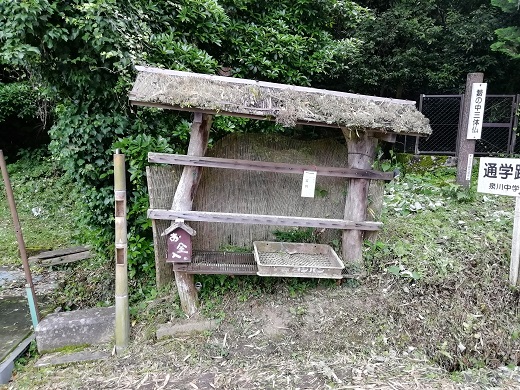
This picture shows a unique vegetable market, located on the way from Joruri-ji Temple towards the trail. It has a traditional thatched roof and is built on a slope, but more than that, the shelves are tilted. Children and artists must be inspired to create something when they see this. Unfortunately, the vegetables were sold out. Finding such strange things is one of the pleasures of a walk in this area.
When I visited Joruri-ji, the pandemic was raging and not many people were visiting this temple. There was a possibility that no restaurants would be open, so I brought my own portable lunch and ate it on a bench at Kamo station, just before 11am. Toilets are available in the public toilets near the Joruri-ji and Gansen-ji temples, but it might be better to bring your own lunch.

